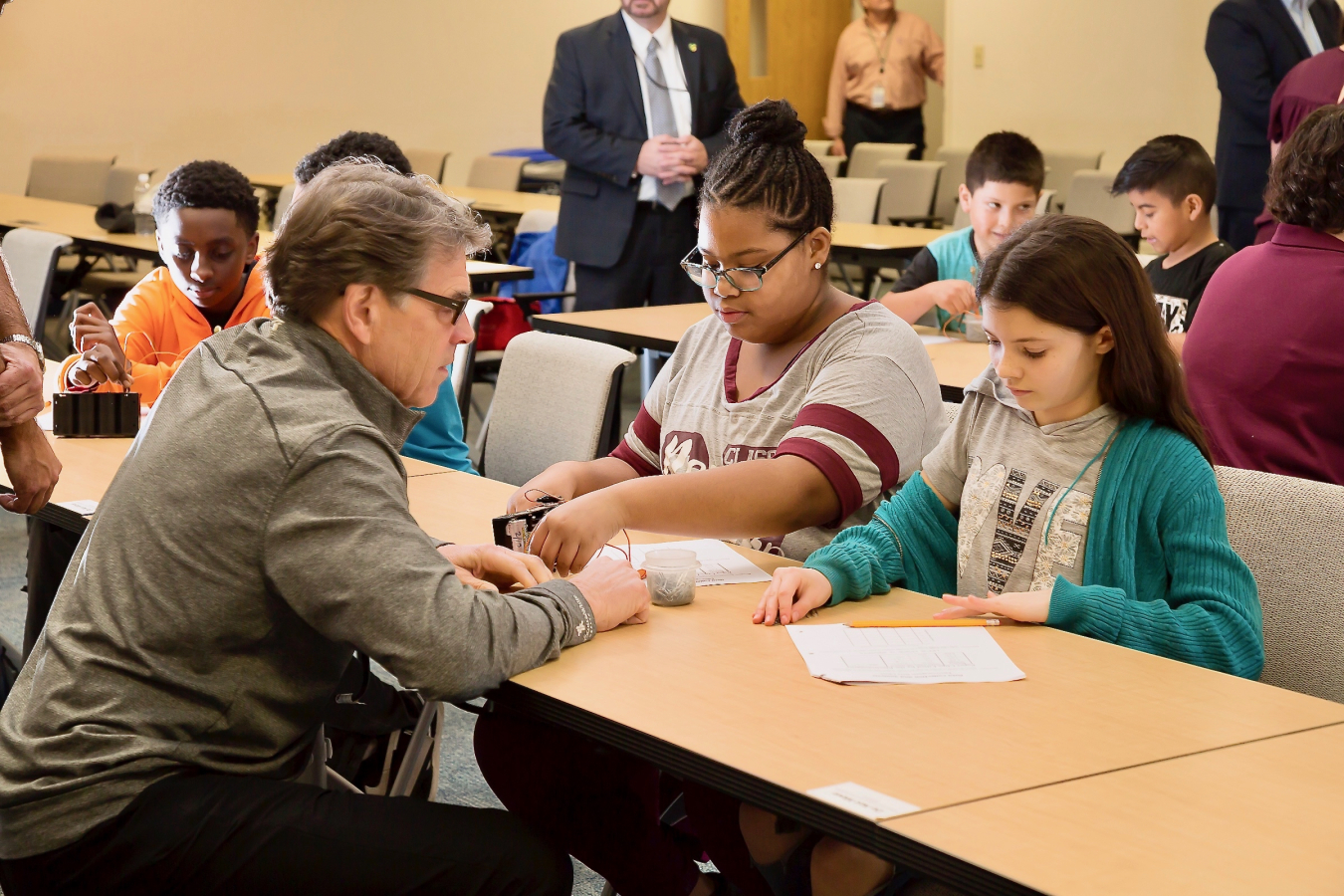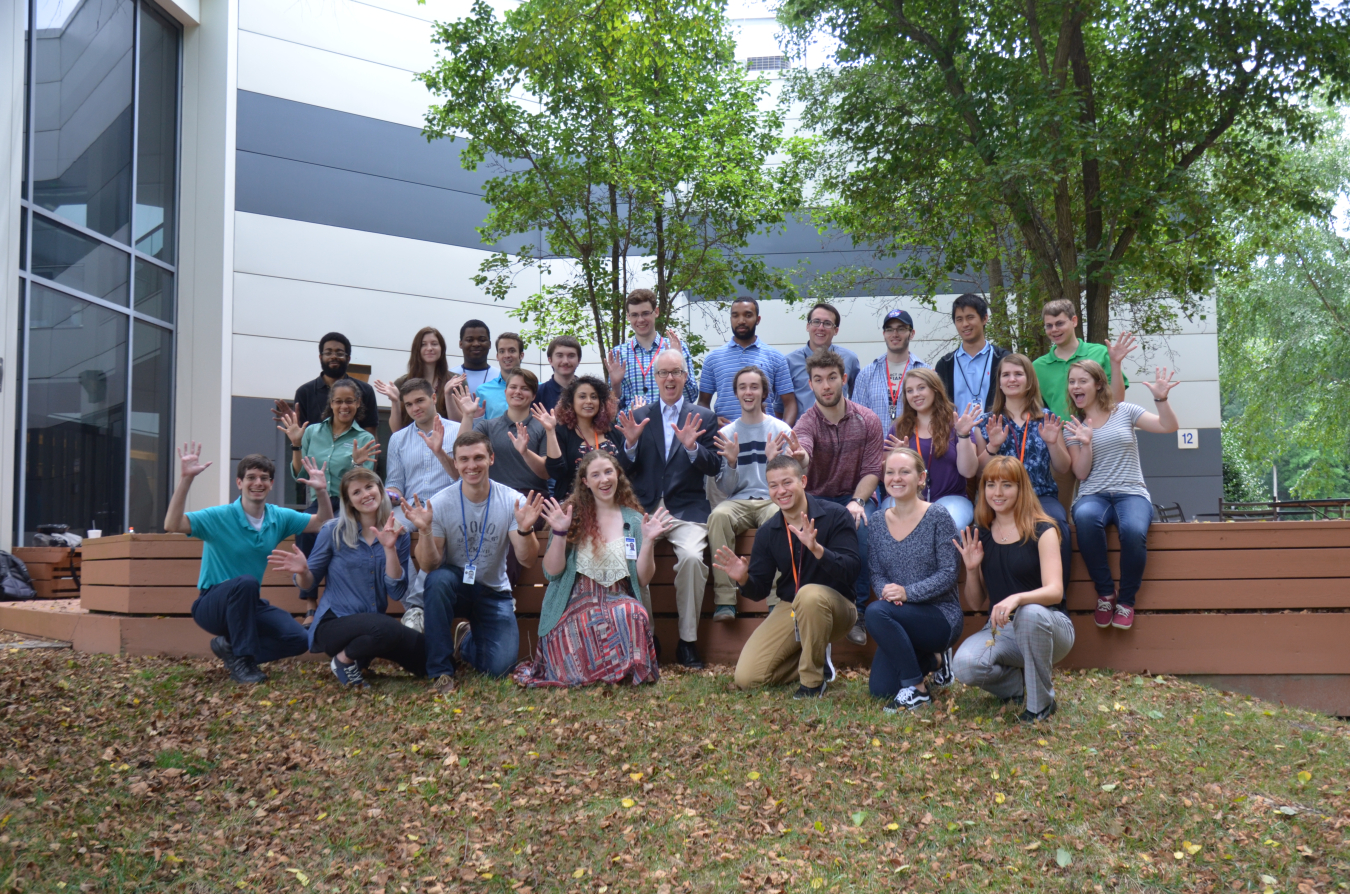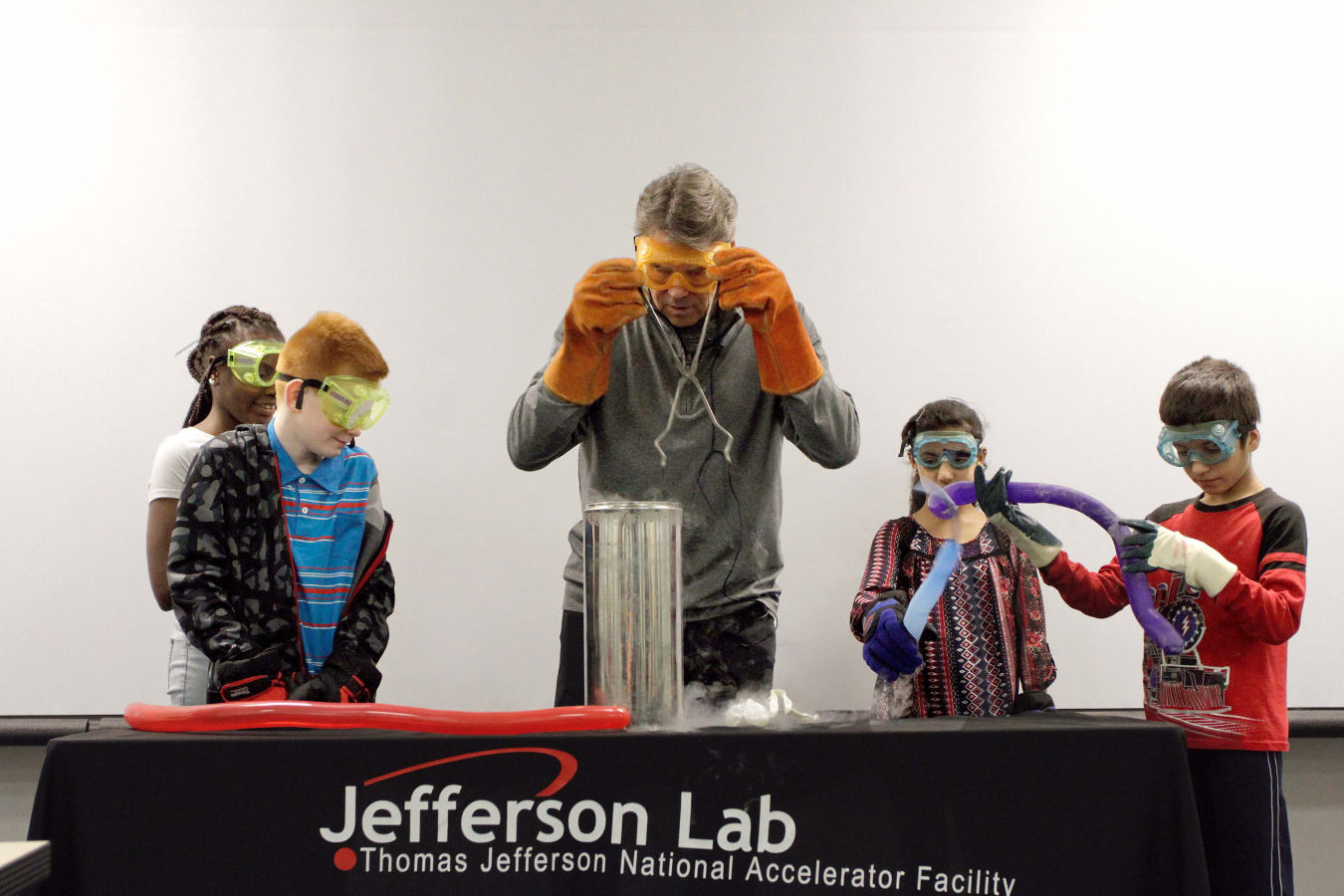
Ever since I can remember, I’ve been interested in building things in order to create something new and taking things apart in order to understand how they work. The building part involved a tremendous amount of plastic model kits, glue, balsa wood, HO trains, and eventually radio-control airplanes and programming on an Apple IIe computer. The taking apart involved a couple of old cars, my dad’s lawnmower, and stereo equipment.
My early interest in anything that flew eventually led me to want to become an engineer. Over time, my interest in wanting to understand how things worked at a more basic level led me to becoming a particle physicist. And as my experience grew, so did my interest in building and operating large particle accelerators in order to understand how the world works at its most basic level.
But, thinking back on how this all happened, it was because of encounters with a few people who were very influential in my education and life. These people included my high-school math and science teachers, two chemistry professors in college, and a physicist mentor at a National Lab where I had a summer internship when I was 19 years old. Together they helped put me on the path that eventually led to my becoming Director of Jefferson Lab.

My undergraduate research advisor was probably the person most responsible for my becoming a scientist. He invited me into his molecular spectroscopy research lab. I got exposed to a mysterious subject called quantum mechanics. The amazing thing was that you could just see quantum mechanics at work on the film that recorded emission spectra of the diatomic molecules his group was studying. And the fact that I could see -- right there on a piece of film -- the quantum mechanical world at work, a world that I associated with names that I had heard but didn’t know a lot about, like Schrodinger, Einstein, Fermi, Dirac -- was boggling to my 19-year-old mind. And that I could contribute to research – trying to answer questions no one had answered before – lit a spark in me that made we want to learn more. And over time made me realize that scientific research was what I wanted to spend my life doing.
At Jefferson Lab we study the most fundamental building blocks of all visible matter: the subatomic particles that make up protons, neutrons and the atomic nucleus: these particles are called quarks and gluons. They interact with one another through the strongest force that exists, aptly named “the strong force.” We are a U.S. Department of Energy National Laboratory – one of 17 laboratories that together tackle the toughest scientific and technological challenges out there.

Part of our mission is to make sure we are igniting that interest in science, technology and math for the next generation of scientists, engineers and technicians. Two powerful programs at Jefferson Lab are aimed at this outcome. Becoming Enthusiastic About Math and Science (BEAMS), conducted in partnership with Newport News Public Schools, has been hosting classes of 5th and 6th grade students to Jefferson Lab since 1991. This program reaches 1,300 students annually. It gives students an immersive, hands-on, and fun experience with math and science. They shatter a flower after it has been immersed in liquid nitrogen, feel the tingle of static electricity as they touch a Van de Graaff generator. They change the strength of an electromagnet by controlling the amount of electricity supplied to it. Through these experiments, the BEAMS program aims to jump start sustained interest and relevance for math and science that will remain throughout students’ education. In fact just this week, Secretary of Energy, Rick Perry, visited Jefferson Lab and spent time with BEAMS students. Perhaps one of these students got that extra nudge, or maybe a spark was lit, at just the right time, to encourage that student to continue with math and science.
The Jefferson Lab Science Activities for Teachers (JSAT) program is a STEM teacher development Initiative. JSAT places Jefferson Lab as the community's leader in providing needed professional development for local science teachers. Sixty teachers, in grades 5th, 6th and 8th, learn content and applications at Jefferson Lab throughout the school year, having the opportunity to positively impact approximately 6,000 students annually.
To involve as many teachers as possible in the JSAT experience, the Lab hosts the Annual JSA Teacher Night in April. Current and former JSAT teachers demonstrate educational activities and share resources gained from their JSAT program participation. Since its inception in 2006, JSAT has had an enormous impact on STEM in our community, reaching nearly 620 teachers and 62,000 students.
We also host large groups of college students and graduate students carrying out their own research at Jefferson Lab. That spark of excitement is something we are able to witness every day at Jefferson Lab. We hope that our STEM programs light that spark to ask questions and seek answers since today’s kids are tomorrow’s discoverers.
